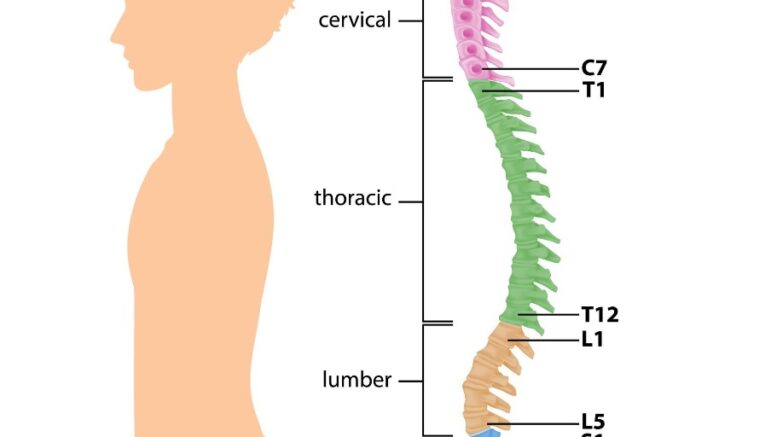An artificial disk replacement is a type of spinal surgery. Your spine is made up of vertebrae, which are bones that are stacked on each other. The disks located between these vertebrae are like cushions. The disks let your vertebrate move and rotate without your bones rubbing against one another. The lumbar disks and vertebrae are at the base of your spine.
If you go through a disk replacement, the procedure replaces the worn or degenerated disk that’s located in the lower part of your spine. Then, an artificial disk made of metal, or sometimes a combination of metal with plastic, is put in.
Below are five key facts to know about artificial disk replacement.
1. Understanding Degenerative Disk Disease
Degenerative disk disease is a term describing the damage that occurs to your spinal disks. When you have damage to these disks, it can make it hard to do simple daily activities.
Degenerative disk disease often occurs with no obvious cause, but there are factors that can make it more likely, such as injury and lifestyle. Age can be a factor too. Most people who have degenerative disk disease are in their 40s, but it can affect people who are in their teens all the way to people who are in their 60s and older.
Symptoms include pain, numbness and tingling in the arm. Sometimes, back pain and leg pain can occur.
The initial treatments might include physical therapy, steroids, and medications, but if none of them help, surgery could be an option. Spinal fusion used to be the only available surgical treatment, but artificial disk replacement now offers a less invasive option.
2. How Does Artificial Disk Replacement Work?
When someone’s under general anesthesia, an orthopedic surgeon removes the damaged and worn-out disk and then replaces it with one that’s mechanical.
If you have low back pain, a doctor might recommend a disk replacement. Artificial disk replacement can be done not only at the lumbar spine but also at the cervical spine.
The benefits of disk replacement include the following:
- Improvements in functionality without limitations
- Reduced stress on the areas above and below your worn-out disk that’s being replaced
- You can preserve and retain the natural range of motion of your spine
- Your recovery will be faster and easier than with a spinal fusion
Artificial disk replacement is somewhat similar to the concept of artificial hip and knee surgeries, except that the surgeon is only replacing one of three joints at every vertebrae level instead of replacing the entire joint.

3. Recovery
As has been mentioned, one of the big advantages of artificial disk replacement over older options is that the recovery is going to be shorter. Most of the time, you’ll stay in the hospital for one to three days following your replacement, but this depends on your pain and your return to normal functionality.
Most patients are encouraged to stand up and walk around on their first-day post-surgery.
Typically, a patient can expect their lower back pain to improve in weeks to months after their surgery. Studies show that some people experience not only improvements but often complete elimination of pain.
One reason that the recovery time for disk replacement is relatively short is that it doesn’t require bone to heal.
There are instances where a disk replacement can even be done on an outpatient basis, depending on which disk or disks are being removed.
4. Who’s a Candidate?
A healthcare provider will assess someone’s symptoms and determine if they’re a candidate for artificial disk replacement, but generally, it might be someone with painful disks or spinal stenosis. A person could also be a candidate if they have radiating nerve pain or weakness or multiple levels of damage.
Someone who went through a failed prior surgery might be a candidate, too, with the goal of restoring motion.
5. Multiple Disk Replacements
There are situations where someone might have multiple disks replaced in one procedure. This is known as multi-level disk replacement. Your surgeon and healthcare team can determine which approach will be right for you based on your condition and your personal goals for the surgery.
There’s also an option for certain candidates to go through what’s called hybrid spine surgery, which combines artificial disk replacement with a spinal fusion during the same procedure.
Finally, disk replacement surgery is considered better than spine fusion surgery in most cases because it preserves natural spine motion, but sometimes it can’t be used or should be used in combination with spinal fusion, as mentioned above.
